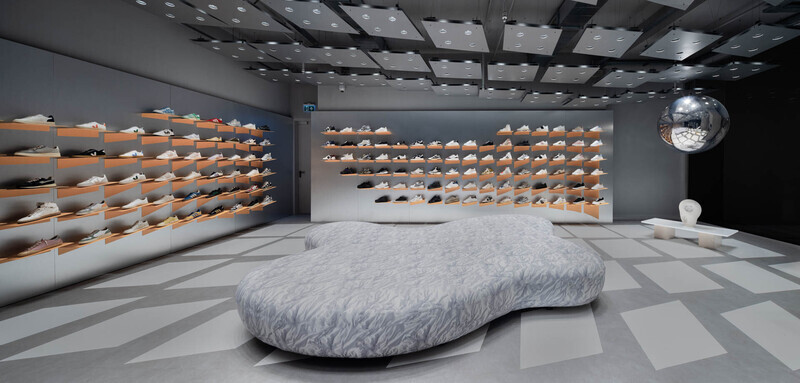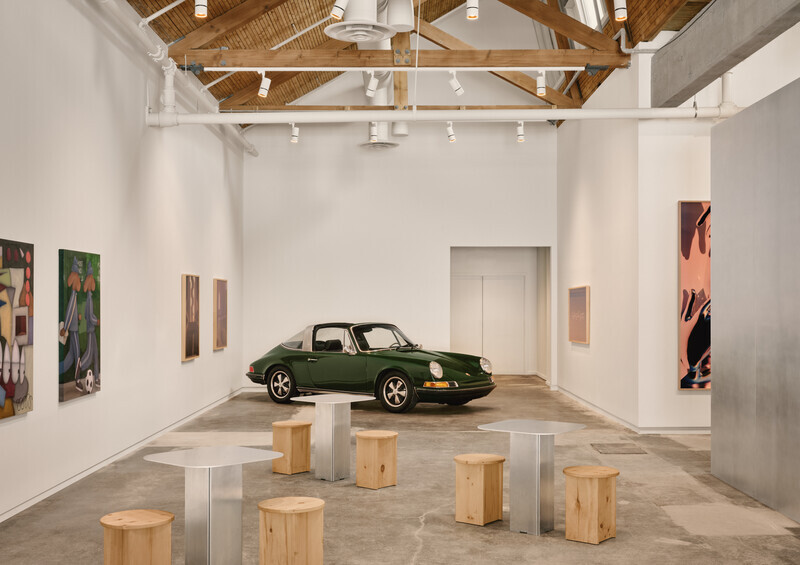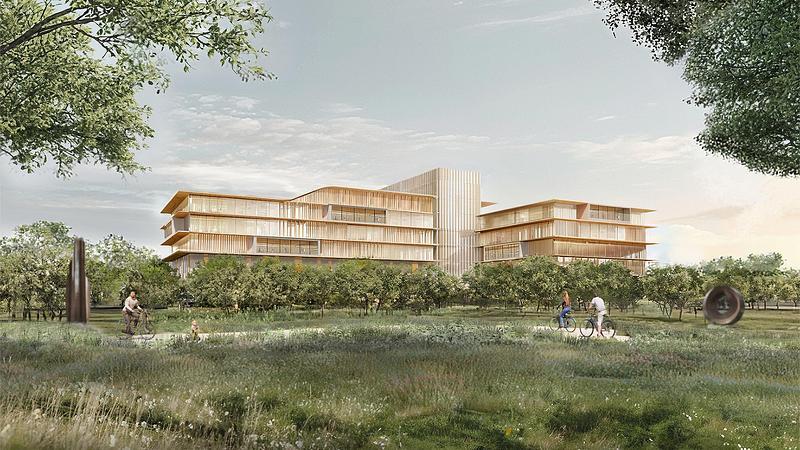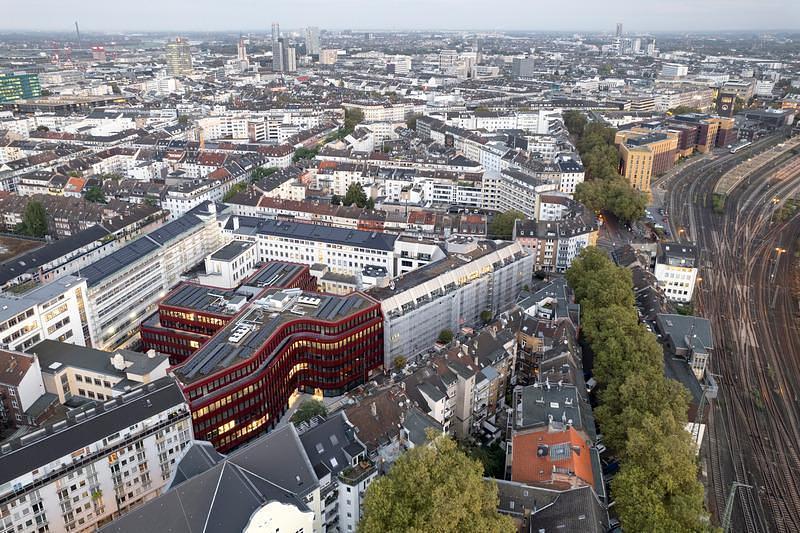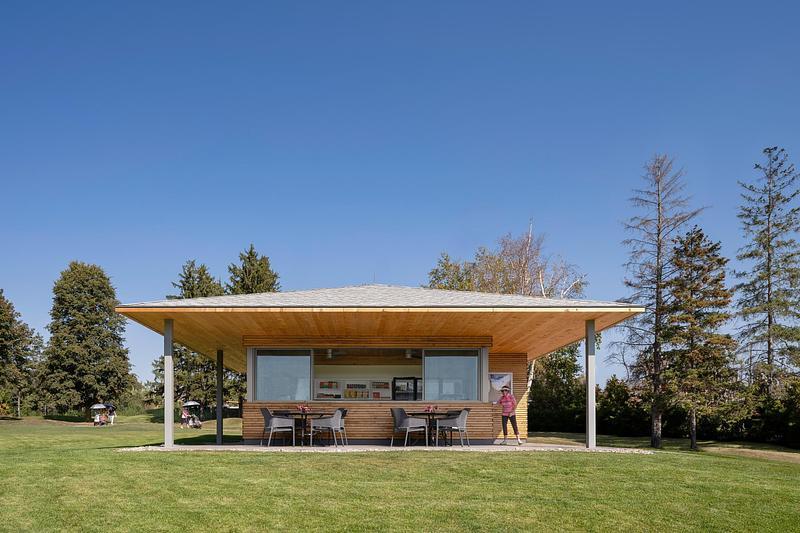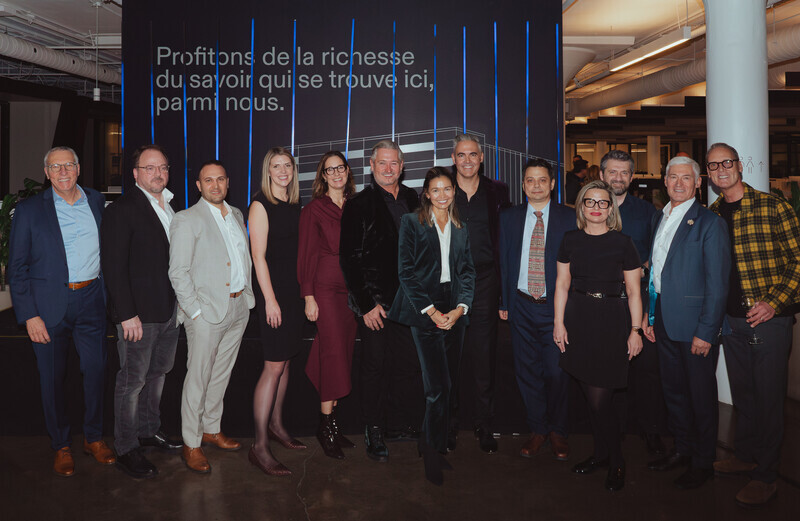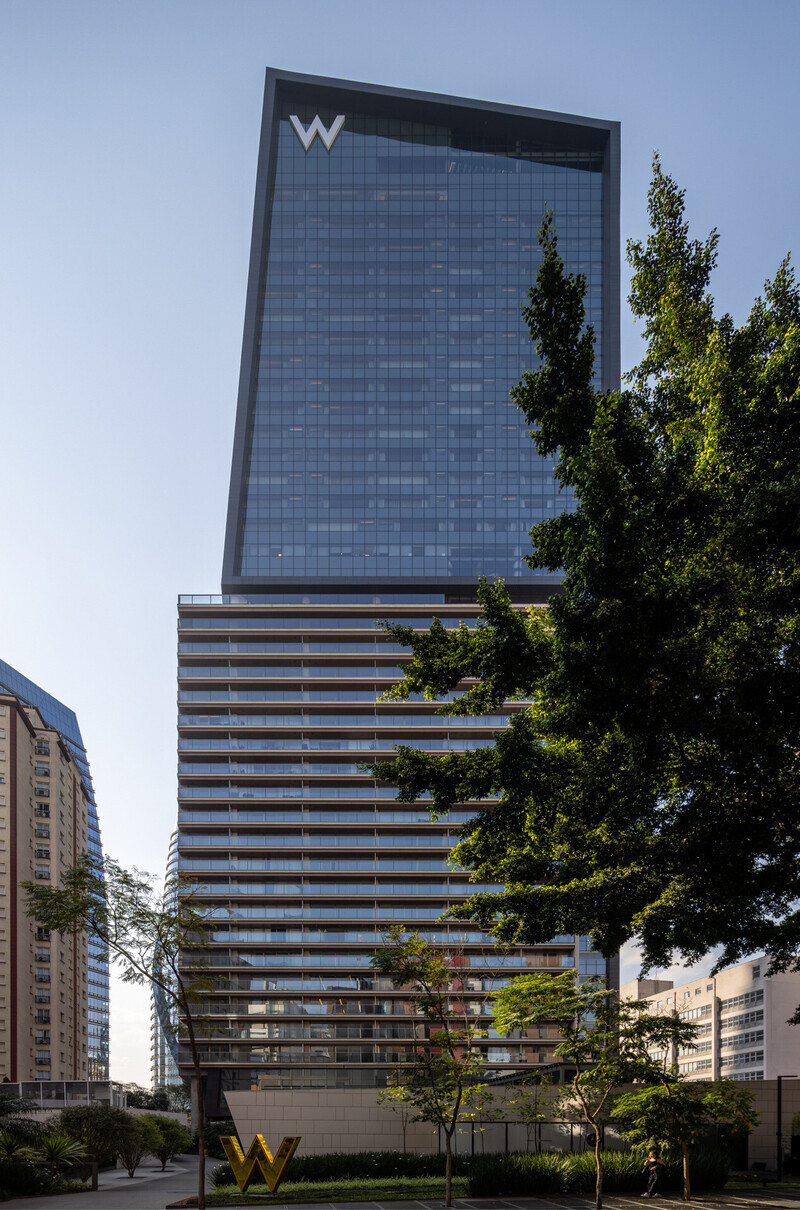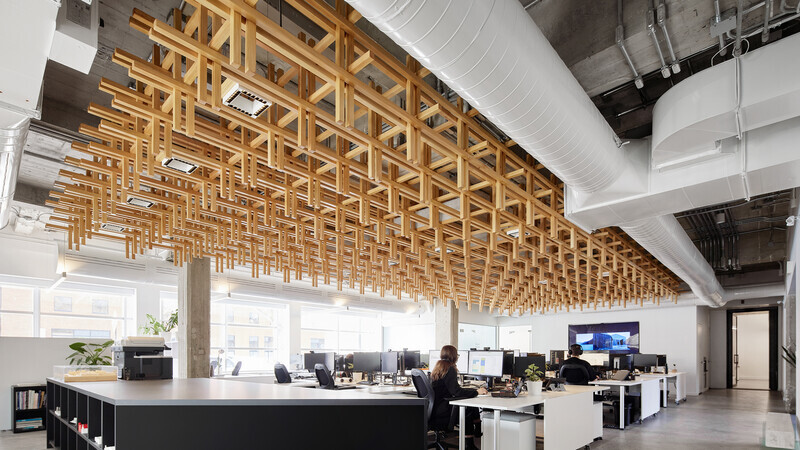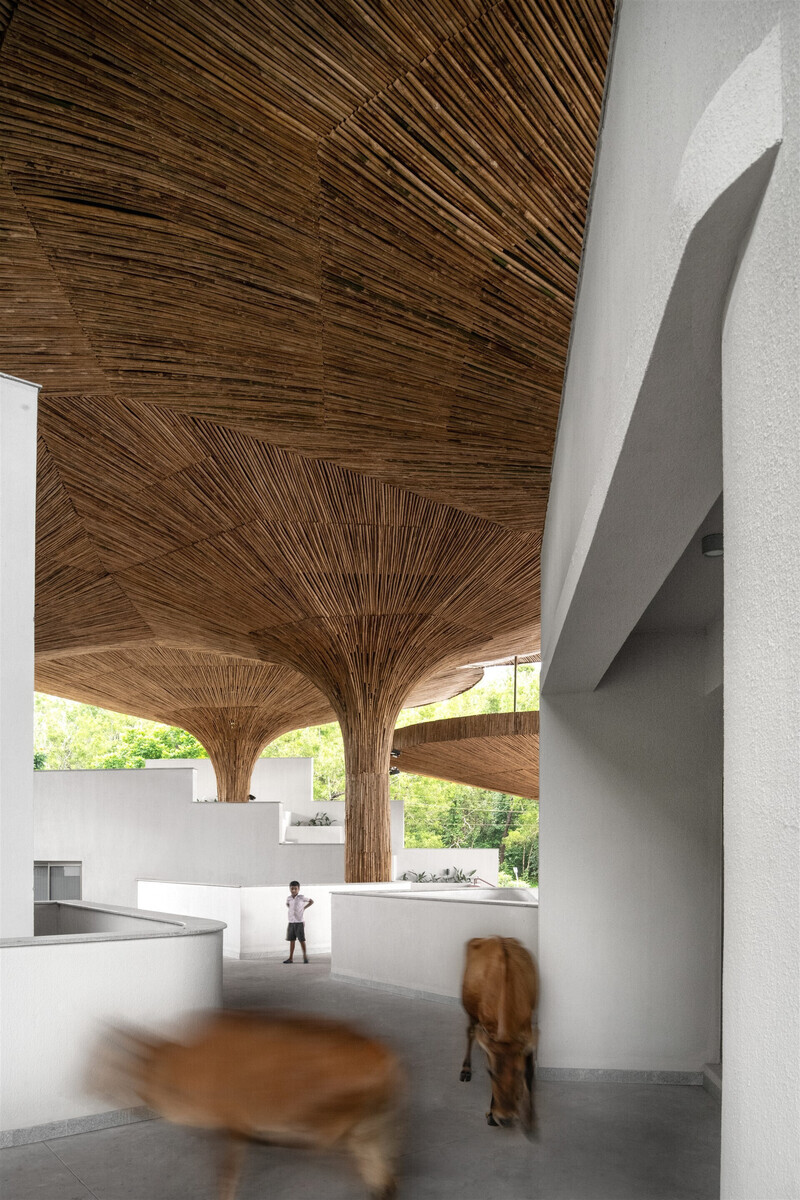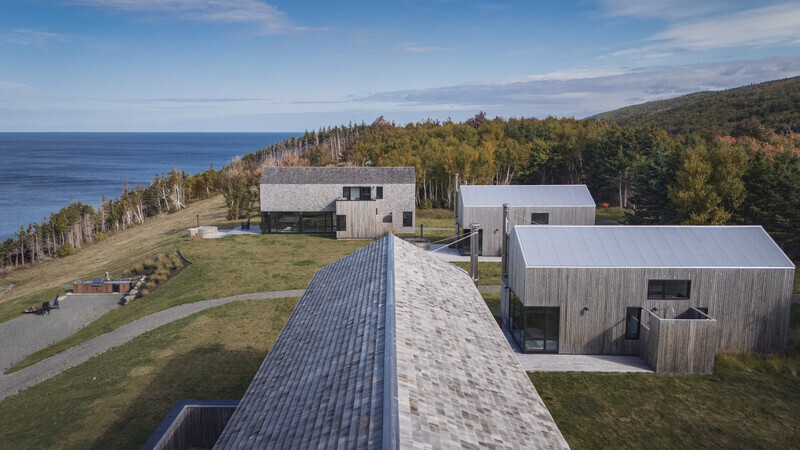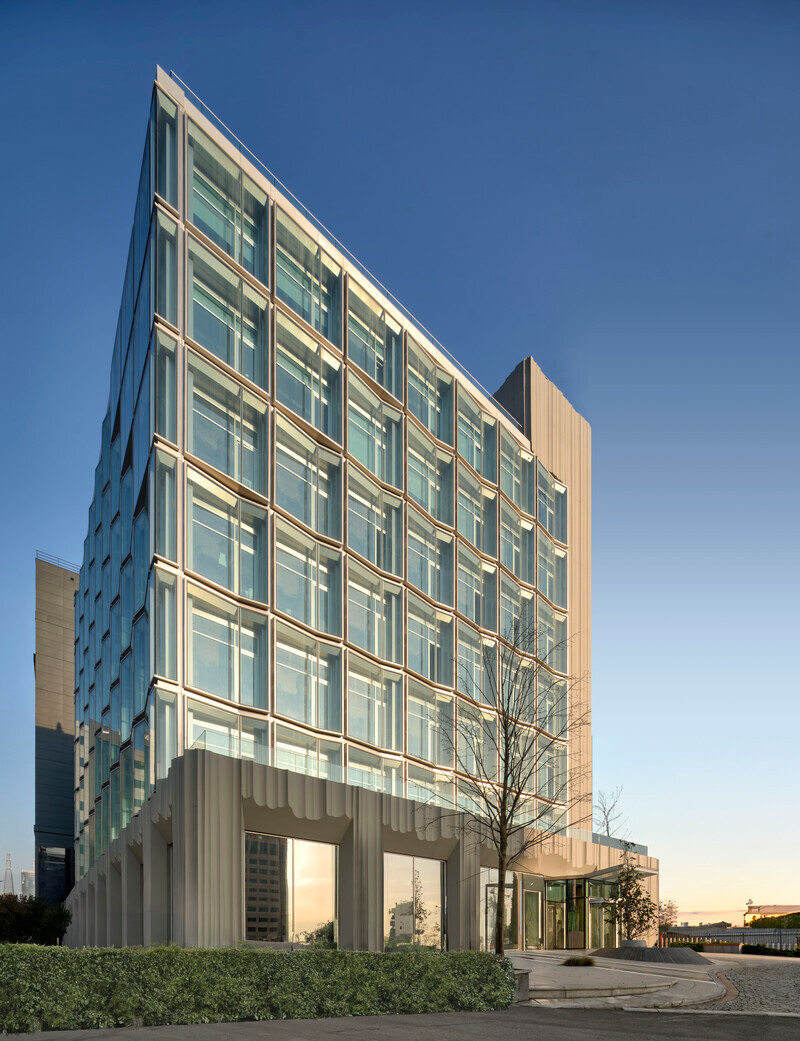
Press Kit | no. 7623-02
Press release only in English
Quartz Plaza: Crystallized Echoes of Geologic Time
Salon Alper Derinbogaz
Lithological Strata and the Dual-Skin Envelope as an Architectural Model
Quartz Plaza is an office building project located in İstanbul, Turkey. Due to a persistent race in construction projects since the 1999 earthquake, the local vicinity has undergone frequent transformations. It is against this backdrop of constant flux that the project seeks to establish a connection with an enduring layer of the city—its geomorphology.
The project draws inspiration from the geological data of the construction site, which lies at the convergence of two distinct strata originating from the "Miocene Epoch", referencing geomorphological formations. Considering Istanbul's formation being shaped by its geographical characteristics, the building aims to engage with this timeless stratum.
Primarily comprising schist, a metamorphic rock characterized by parallel alignments, the geological foundation of the site is deterministic to the distinct features of the building. The algorithmic vertical texture of the facade claddings takes cues from mica, a mineral present in schist that imparts its distinctive layered structure. Furthermore, exploration of quartz, a crystalline mineral found within schist and lending its name to the building, led to experimenting with glass building elements to evoke crystal-like qualities in the façade.
The glass curtain-wall enveloping the open-plan office spaces features angled glass panels that correspond to the block's edges and height, establishing a connection with the scale of the structure. The volumetric attributes of the building are defined by local regulations, and are accentuated through the contrasting materials employed in the façade.
Exploration of glass as a material
Glass, originating from earthly components such as sand, ash, and limestone, typically serves to create transparent and luminous spaces in architectural designs. However, glass can possess dominant aesthetic qualities beyond transparency. Thus, the project regards glass as a semi solid material, rather than merely a transparent surface.
The glass façade assimilates the light refractions observed in both glass prisms and crystal formations. The façade modules consist of two glass panels positioned at an angle, thereby referencing the refraction effect and merging the reflected views from the surroundings at two different angles. The narrower glass panels are covered with a coating that simulates the refractive effect of crystals.
Colorizing the interiors with daylight
The use of angled glass panels and refractive coatings on the façade facilitates a modest approach to color and material selection for the interior design. As sunlight angles change throughout the day, the refractions of light entering through the façade imbue the interior spaces with a varied palette. Office partitions and coffee tables made with ribbed glass amplify the refraction effect produced by the façade.
Double-skin façade
To minimize the carbon footprint and operating costs associated with heating and cooling, the northwest and northeast faces of the building feature double-skin facades that increase the building's thermal efficiency both in the summer and winter, thanks to the operable vents located at the edges of the frames. During the winter months, these vents remain closed to retain heated air within the intermediate cavity of the double façade, thereby reducing heat loss. During warmer months, the vents are opened to facilitate airflow within the cavities, making warm air escape, while adding additional insulation against heat gain. This system also improves the acoustical performance of the façade, minimizing external noise disturbances from vehicular sounds and wind.
Plan organization and thermal mass
Privacy within office areas is maintained through the use of textured glass partitions, rather than solid walls, thus preserving the open-plan ambiance. Additionally, a modular division system employed in both offices and showroom seating areas offers flexibility in layout and in accommodating varying user capacities.
The core is located in the shaded corner of the building to enhance thermal mass, contributing to a stable indoor climate. The floor plans prioritize openness and adaptability, allowing for flexible spatial configurations. The reception area is integrated within the core, while the structural grid defines the subdivision of private offices in relation to shared spaces.
Technical sheet
Project Name: Quartz Plaza
Practice Name: Salon
June, 2025 | Istanbul, Turkey
Architect: Alper Derinboğaz
Photography: Cemal Emden
Project Team: Mert Ozan Er, Nida Dilara Karışık, Gökçe Naz
About Salon Alper Derinbogaz
Salon, founded by Alper Derinbogaz, is an architectural practice focusing on strategic innovation in cities. Based in New York and Istanbul, the office produces designs and research in the fields of architecture, art, interior design, and urbanism.
Salon seeks ways to develop circular solutions for architecture by moving across registers and scales, both spatial (local and global) and temporal (historical time, evolutionary time, and media time), because they believe that architecture matters greatly and has a potential to change the world into a better place.
They value innovation and sustainability, and they investigate contemporary functions, execute latest fabrication technologies, and translate complex digital designs to buildings.
Alper Derinbogaz works in collaboration with scientists, economists, engineers, and artists. They value learning from each other, and their young and creative team works in close relationships with their partners. Together with their network, they have the potential to expand to hundreds of professionals and many locations around the world.
Salon Alper Derinbogaz values giving back to the community through scholarships, teaching, and publications. Being located in geopolitically complex locations, they understand the value of diversity and thrive in multiplicity.
Salon Alper Derinbogaz has worked on 260 projects since 2011, totaling 6 million square meters. They always look forward to working with future facing partners.
For more information
Media contact
- Salon
- Alper Derinbogaz, Architect
- ad@salonarchitects.com
- +13477390232
Attachments
Terms and conditions
For immediate release
All photos must be published with proper credit. Please reference v2com as the source whenever possible. We always appreciate receiving PDF copies of your articles.
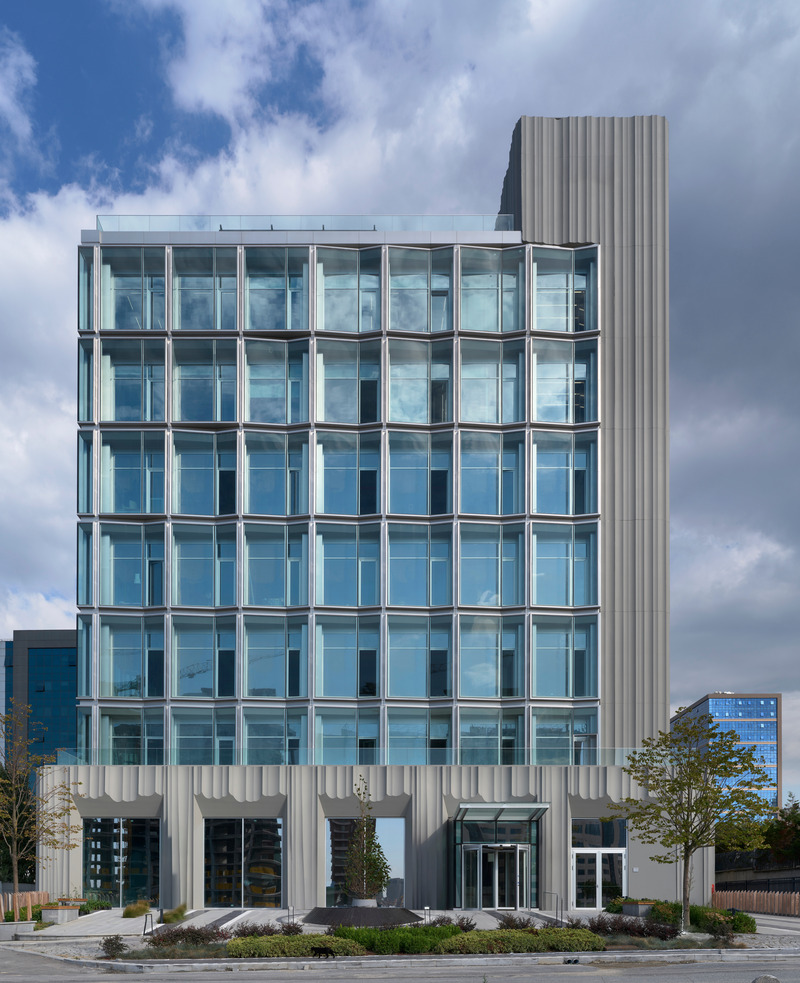
Very High-resolution image : 28.27 x 34.73 @ 300dpi ~ 15 MB
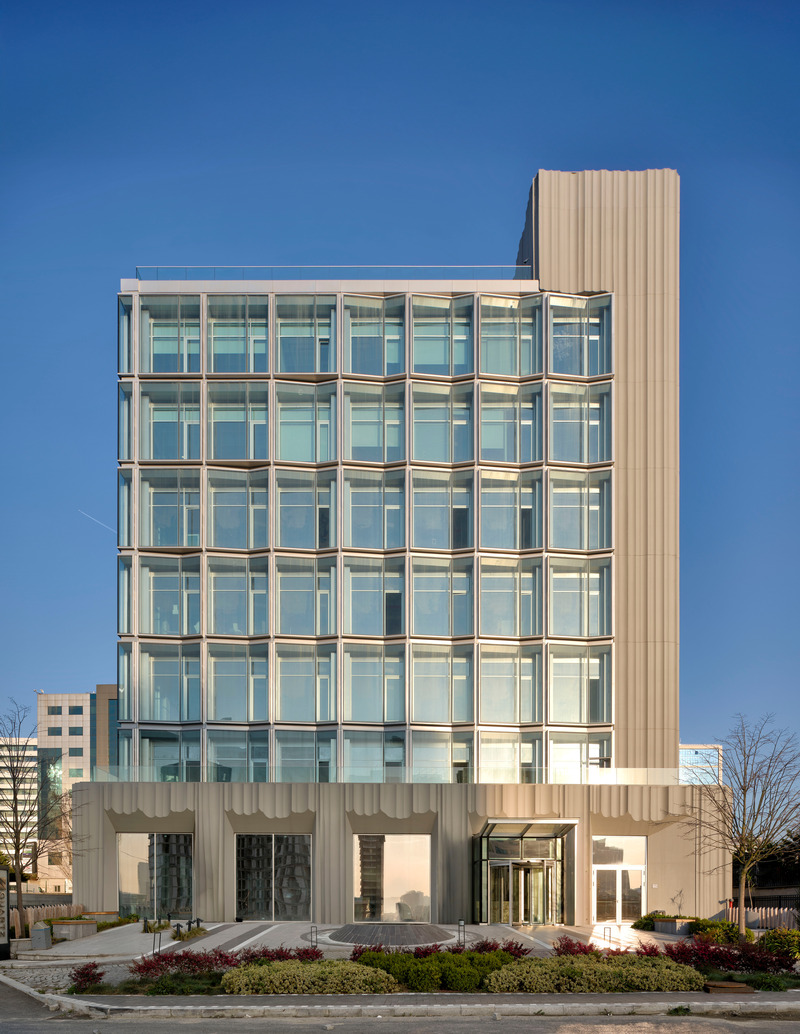
Very High-resolution image : 28.04 x 36.23 @ 300dpi ~ 8.1 MB
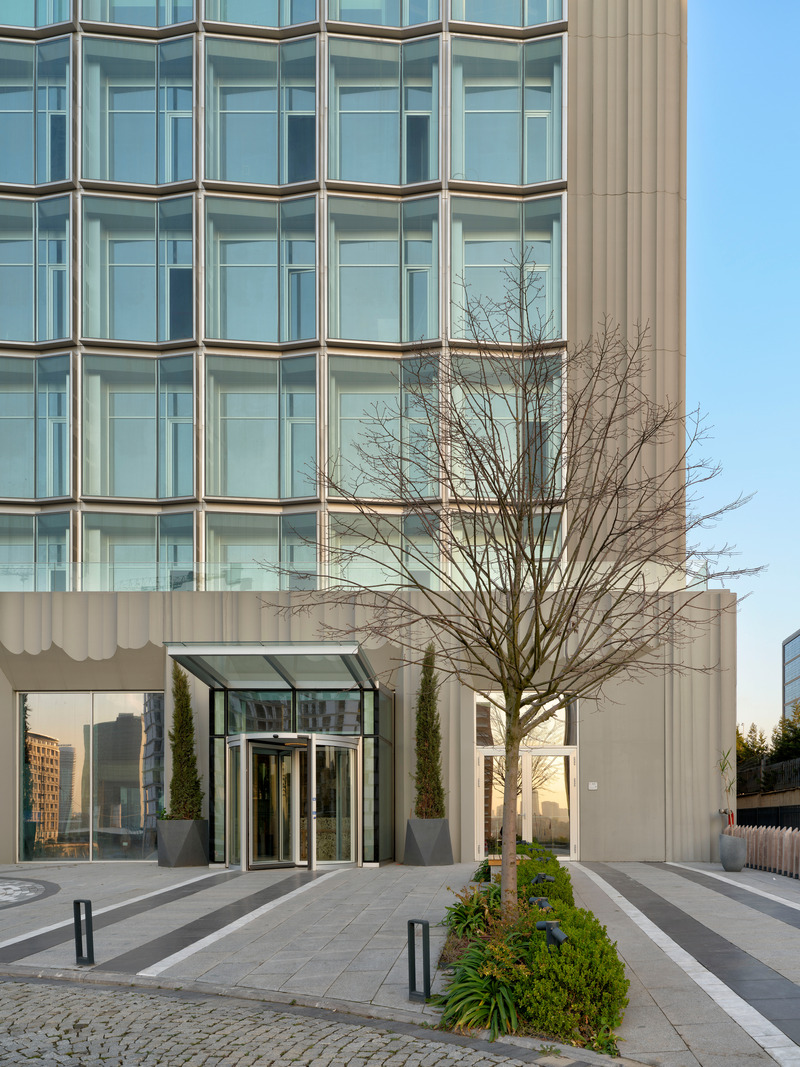
Very High-resolution image : 28.56 x 38.08 @ 300dpi ~ 11 MB
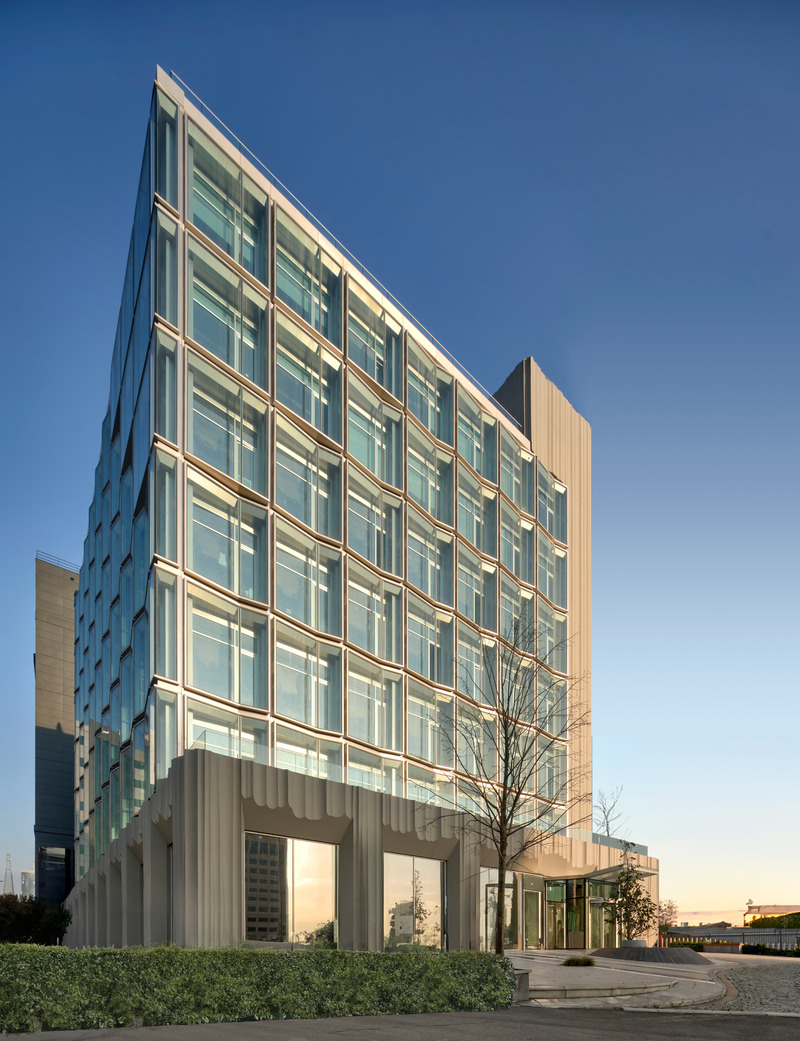
Very High-resolution image : 24.28 x 31.59 @ 300dpi ~ 13 MB
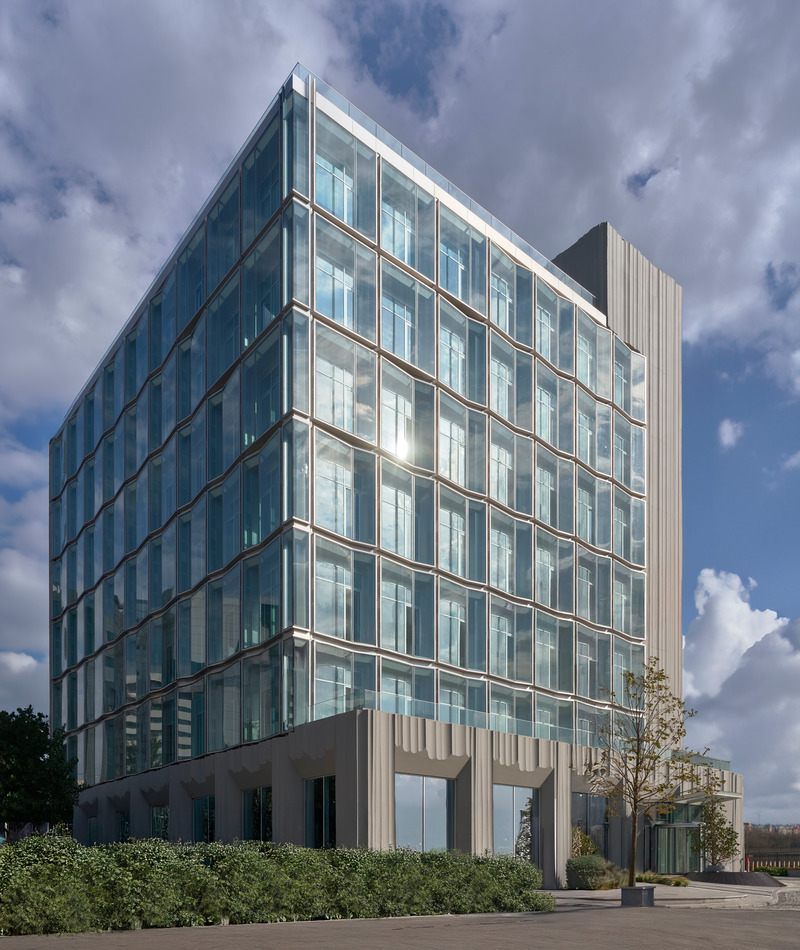
Very High-resolution image : 28.12 x 33.39 @ 300dpi ~ 28 MB
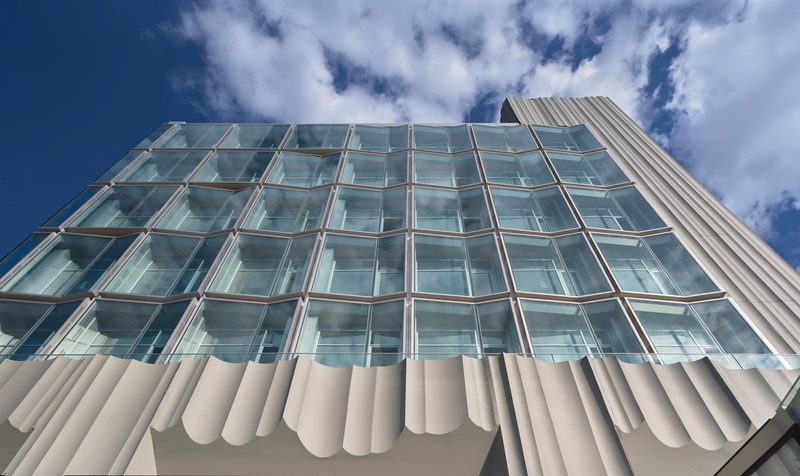
Very High-resolution image : 48.36 x 28.76 @ 300dpi ~ 26 MB
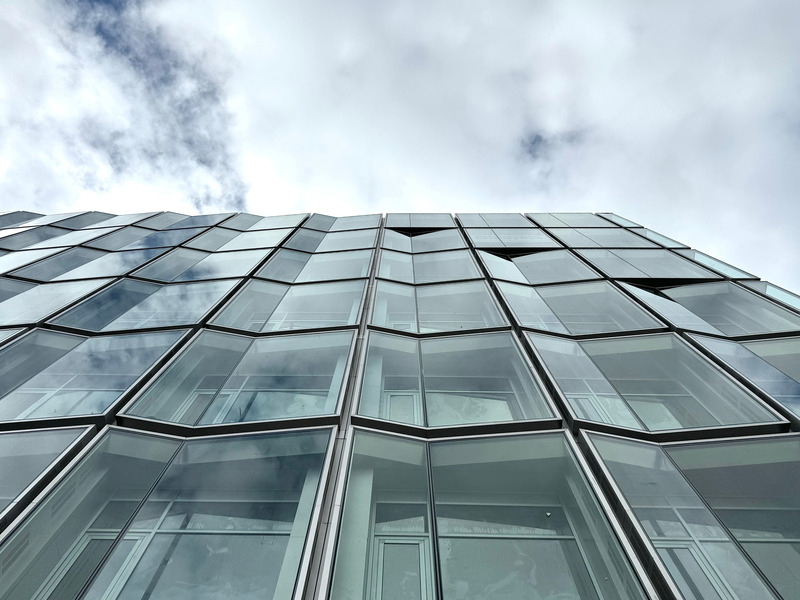
Very High-resolution image : 17.49 x 13.12 @ 300dpi ~ 3 MB
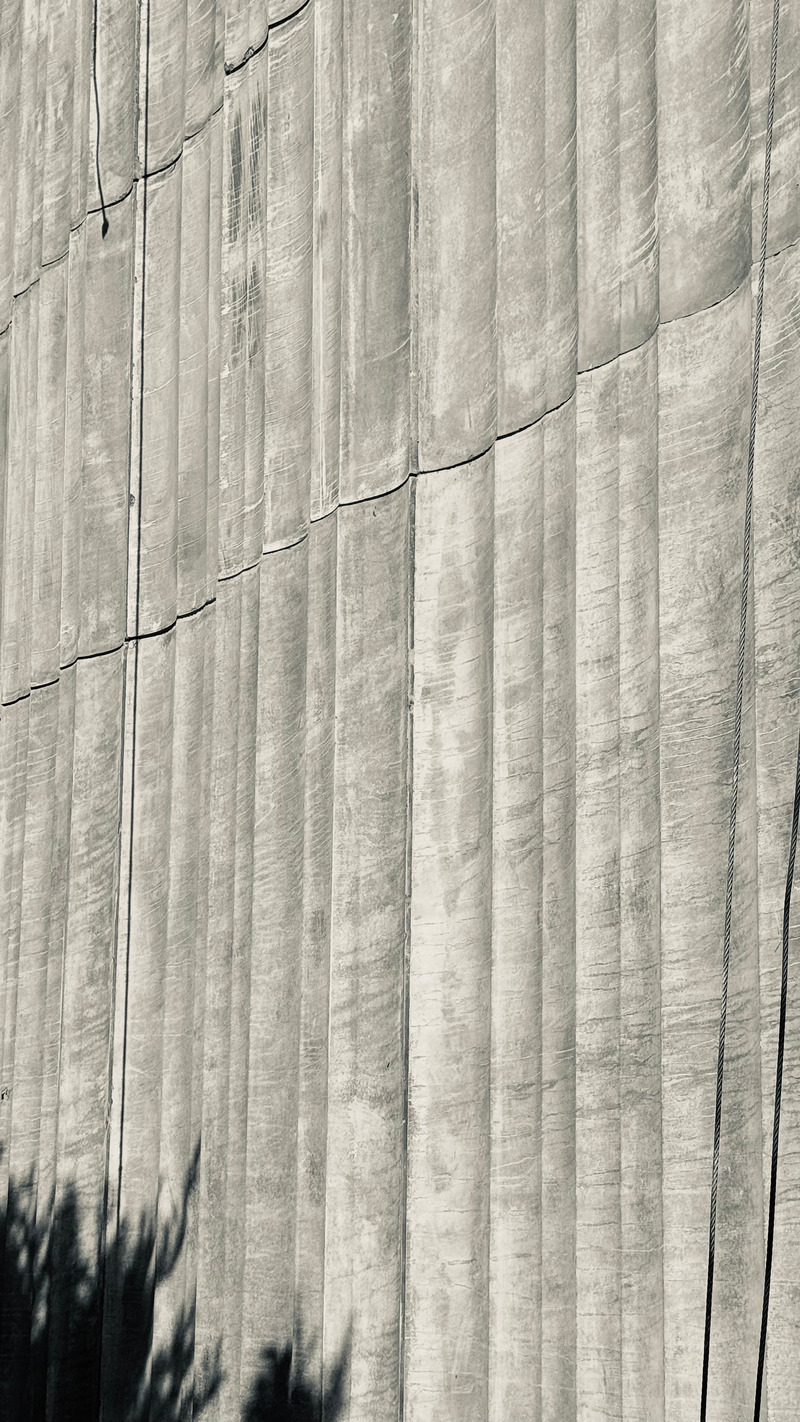
High-resolution image : 6.51 x 11.56 @ 300dpi ~ 1.7 MB
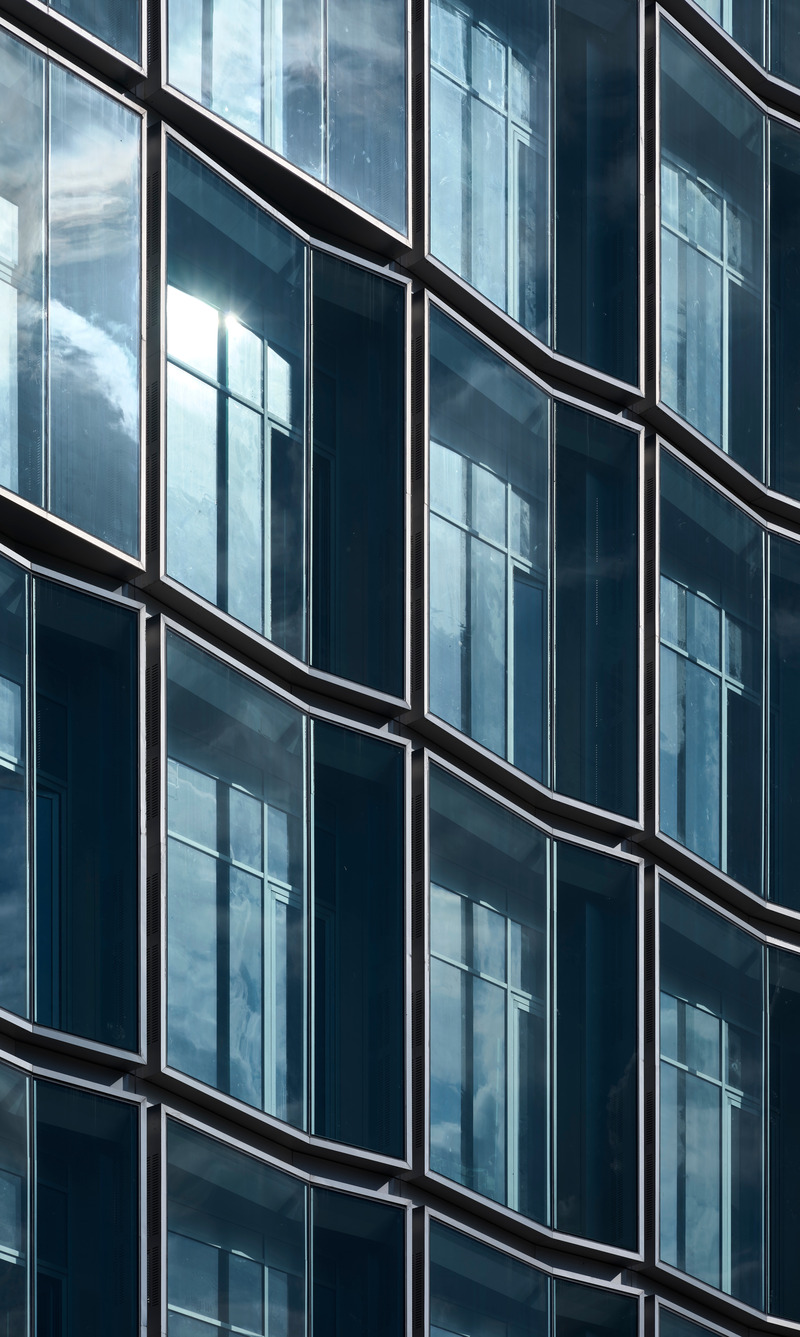
Very High-resolution image : 24.7 x 41.27 @ 300dpi ~ 9.9 MB
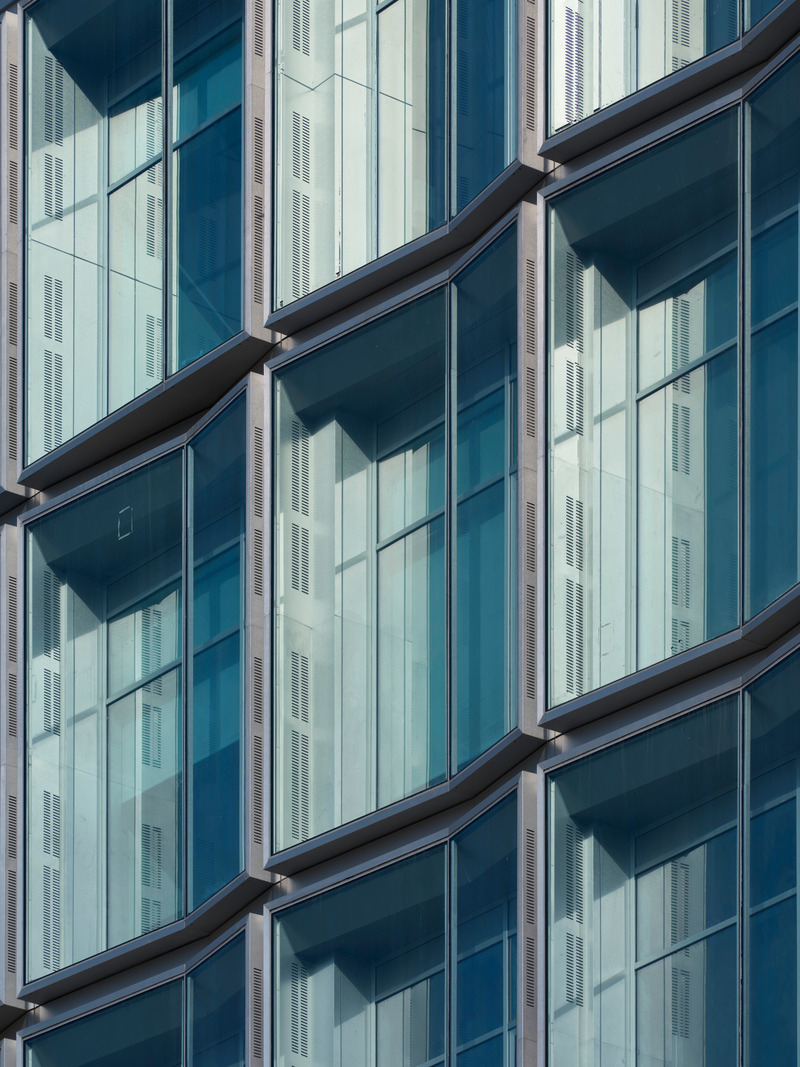
Very High-resolution image : 28.13 x 37.5 @ 300dpi ~ 11 MB
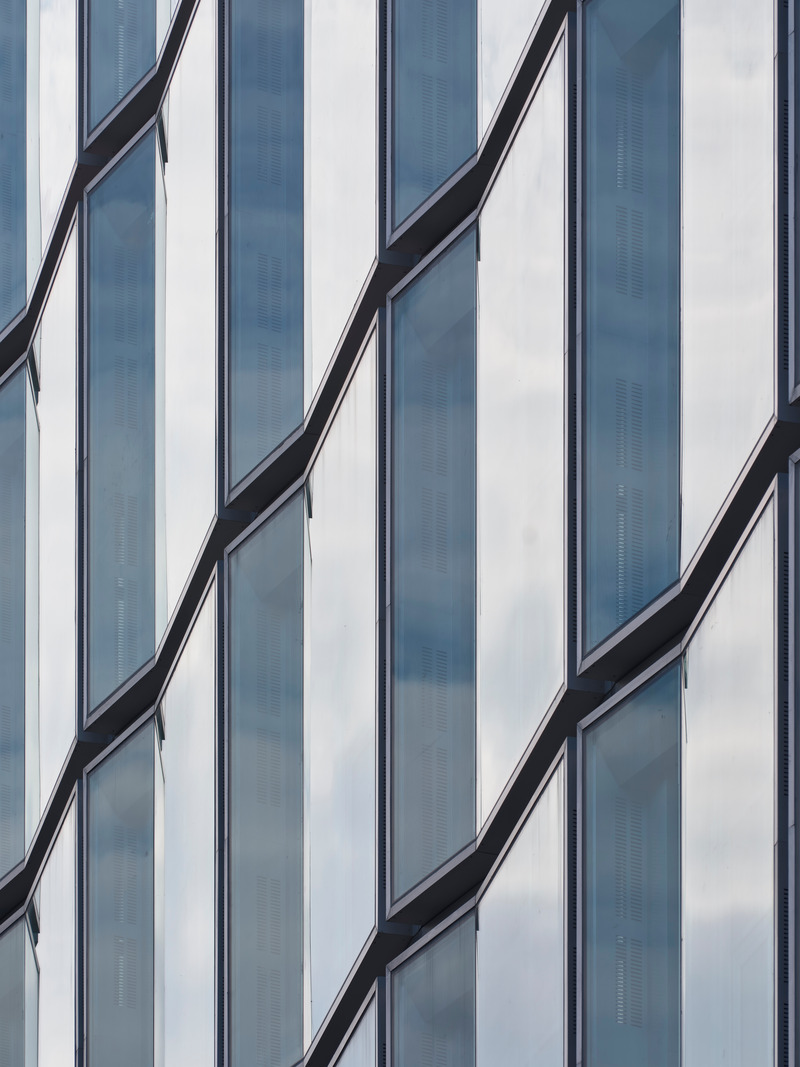
Very High-resolution image : 26.9 x 35.87 @ 300dpi ~ 6.1 MB
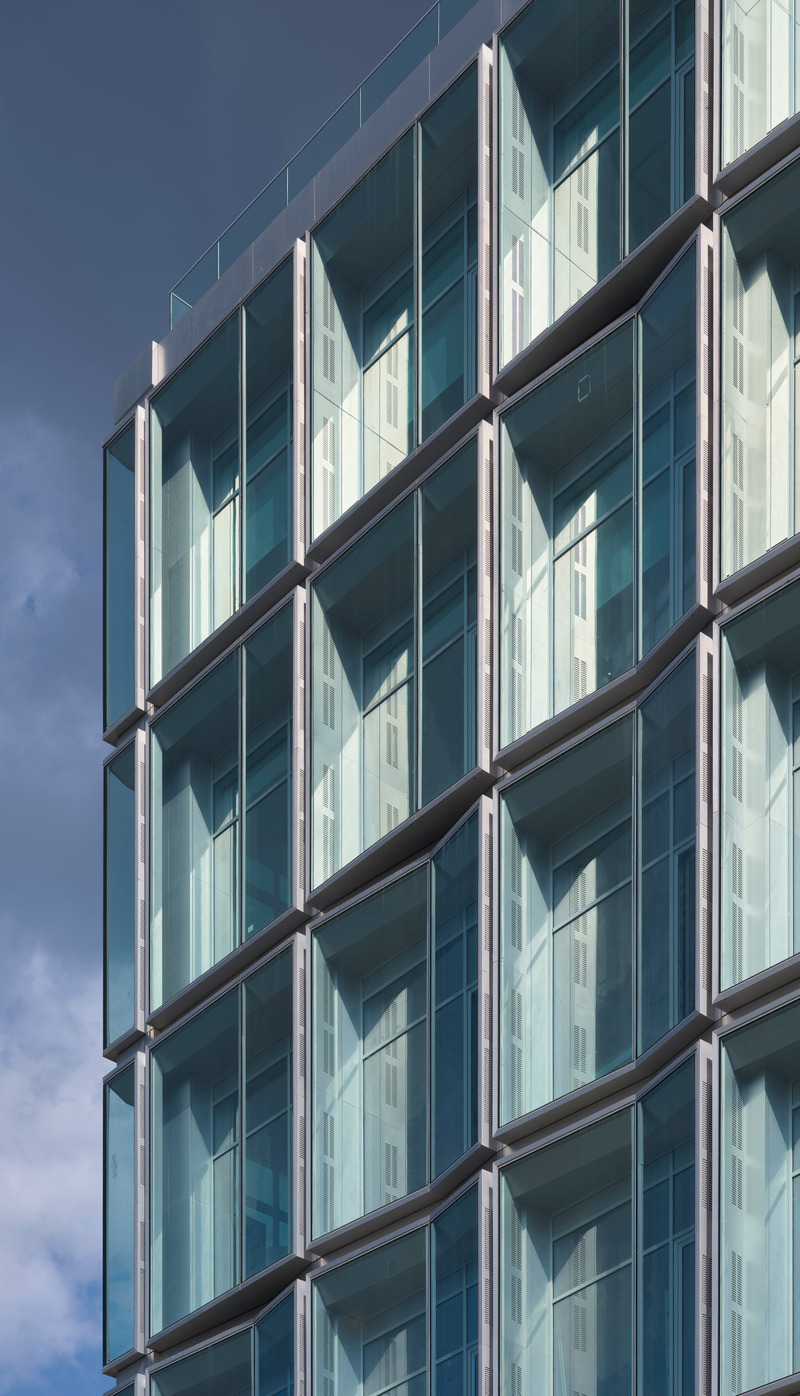
Very High-resolution image : 22.48 x 39.23 @ 300dpi ~ 8.6 MB
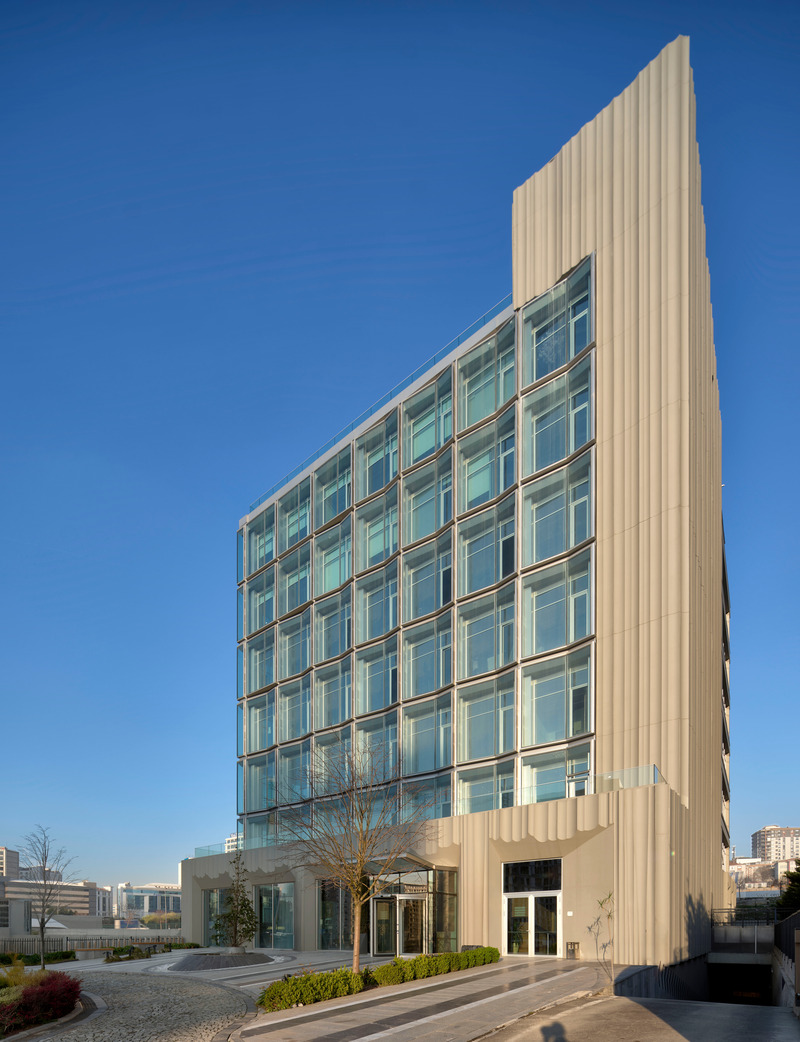
Very High-resolution image : 23.69 x 30.85 @ 300dpi ~ 10 MB
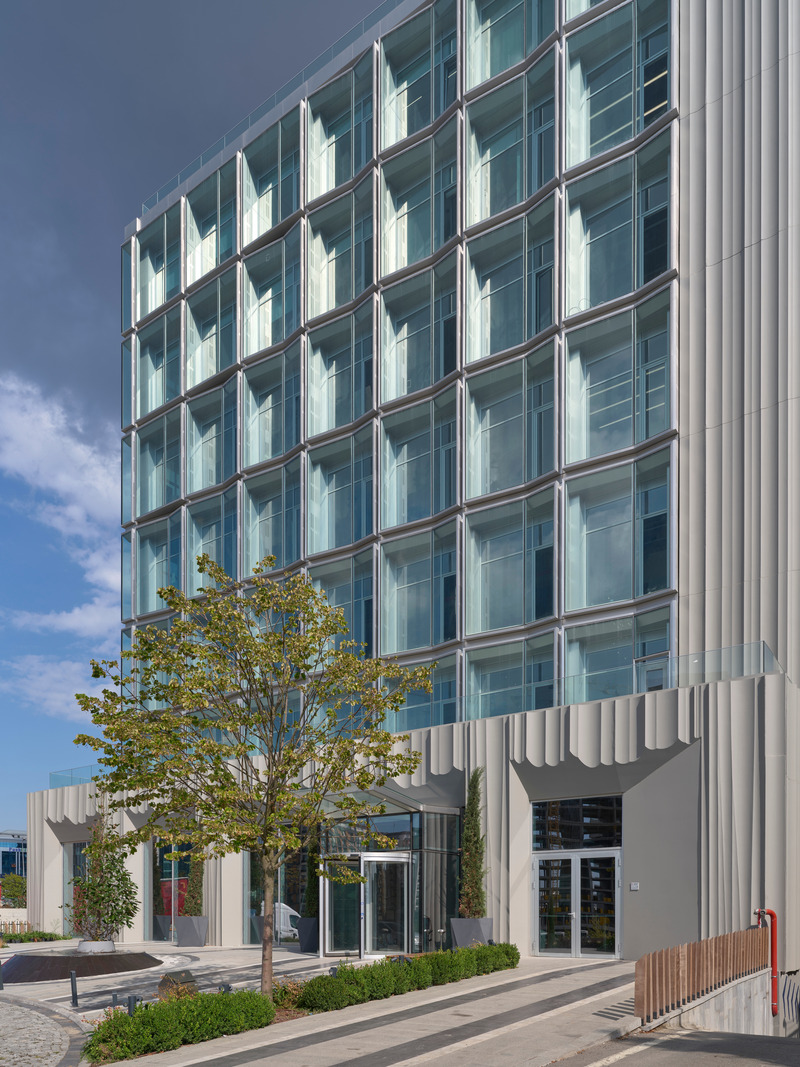
Very High-resolution image : 28.52 x 38.03 @ 300dpi ~ 16 MB
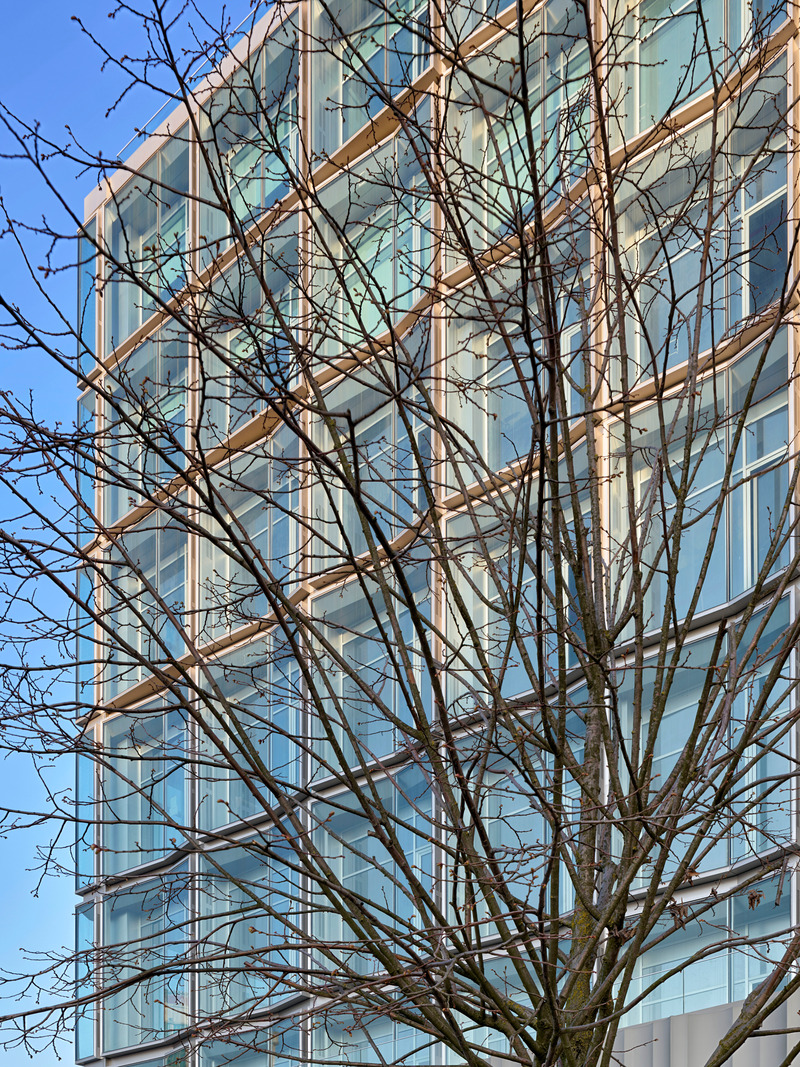
Very High-resolution image : 25.15 x 33.54 @ 300dpi ~ 15 MB
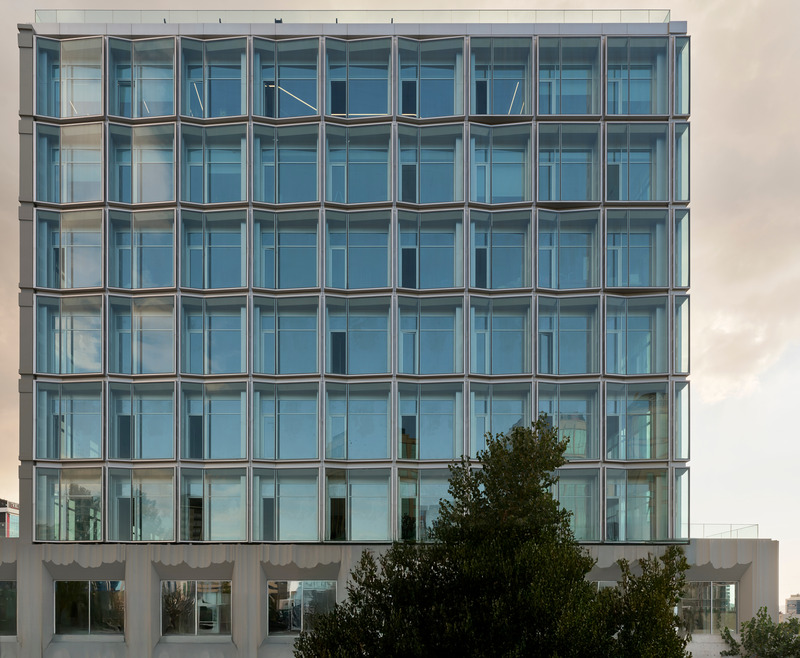
Very High-resolution image : 37.38 x 30.76 @ 300dpi ~ 14 MB
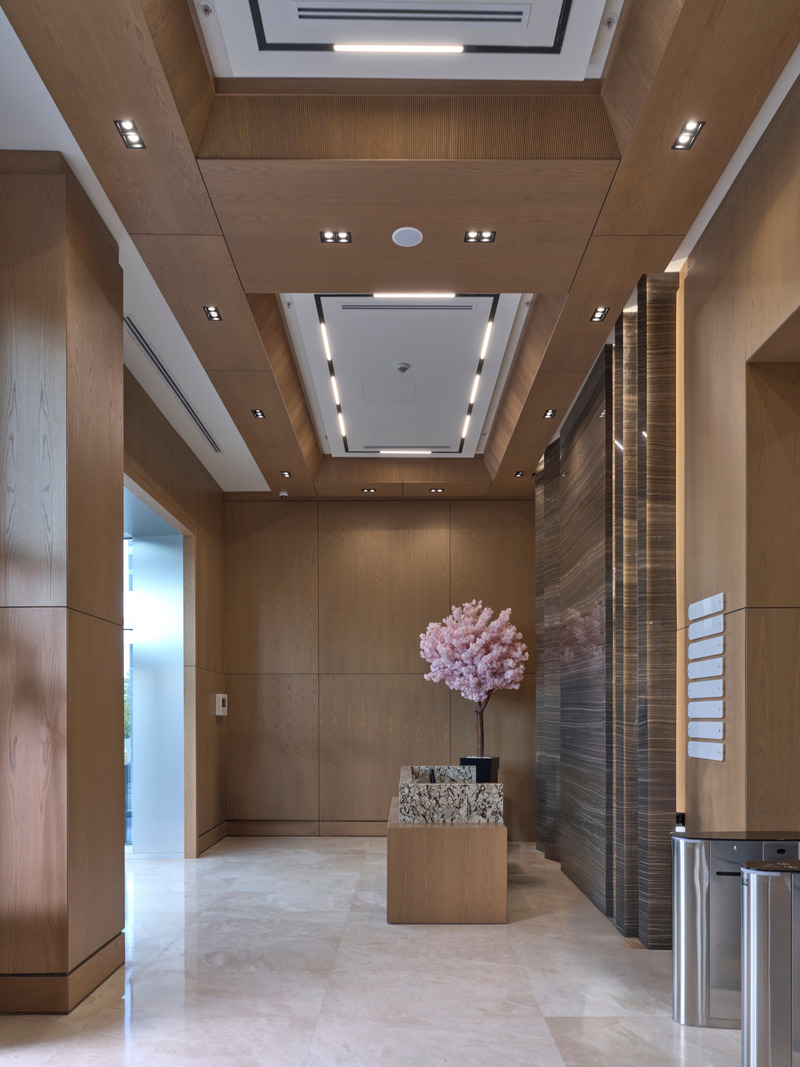
Very High-resolution image : 28.32 x 37.76 @ 300dpi ~ 11 MB
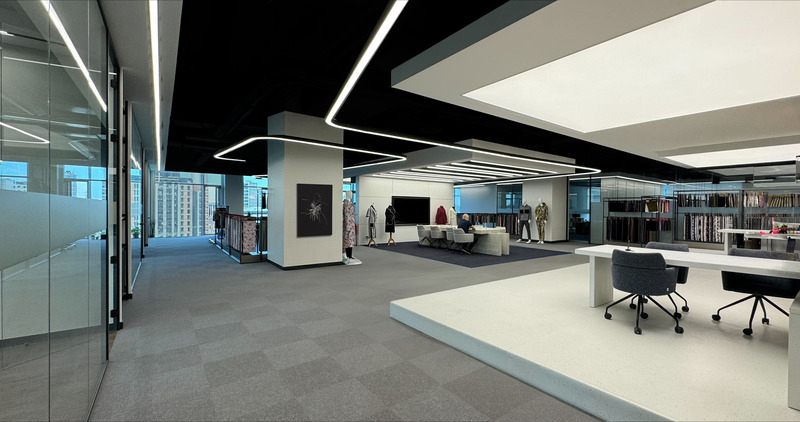
High-resolution image : 13.44 x 7.09 @ 300dpi ~ 3.7 MB
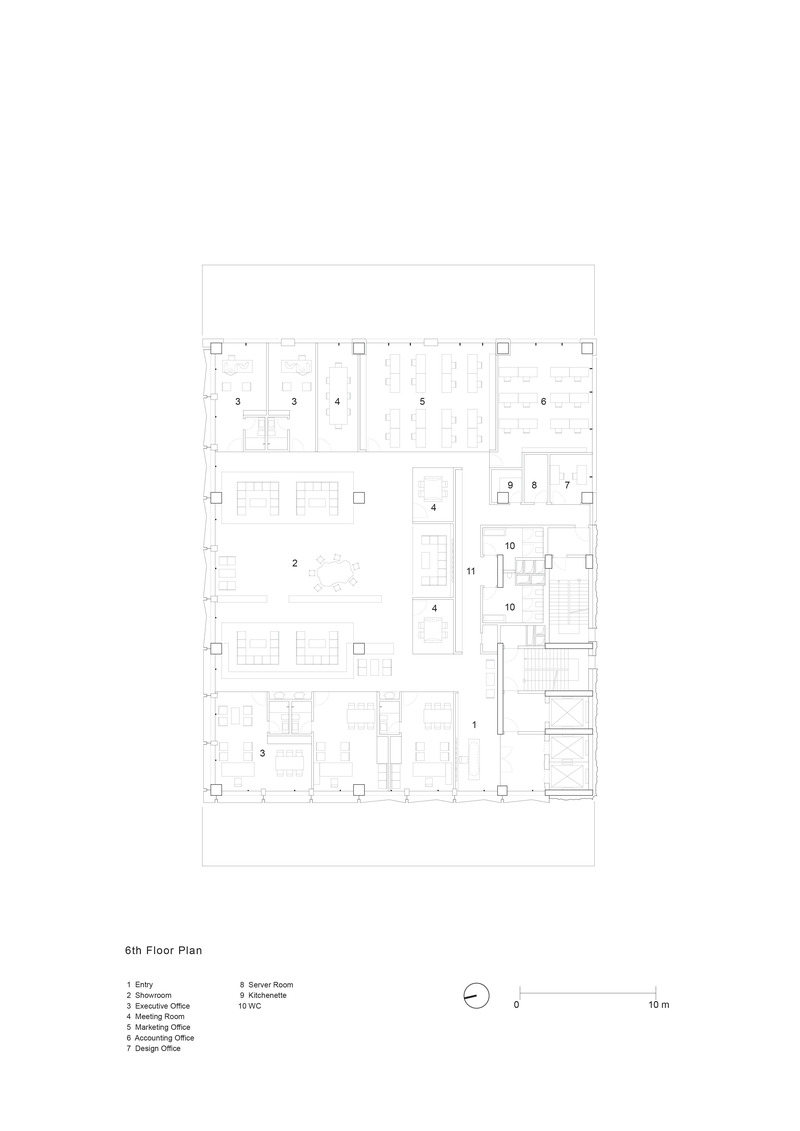
High-resolution image : 11.7 x 16.54 @ 300dpi ~ 1.3 MB
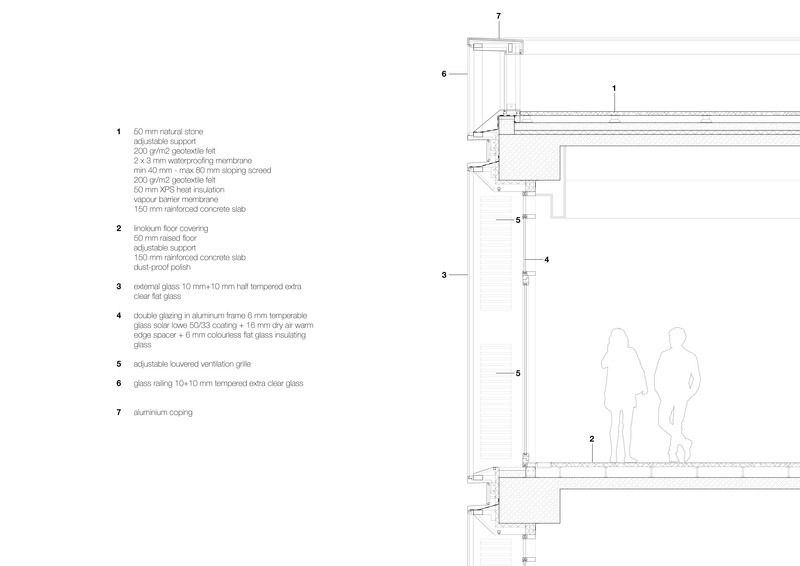
Very High-resolution image : 22.05 x 15.59 @ 300dpi ~ 2 MB
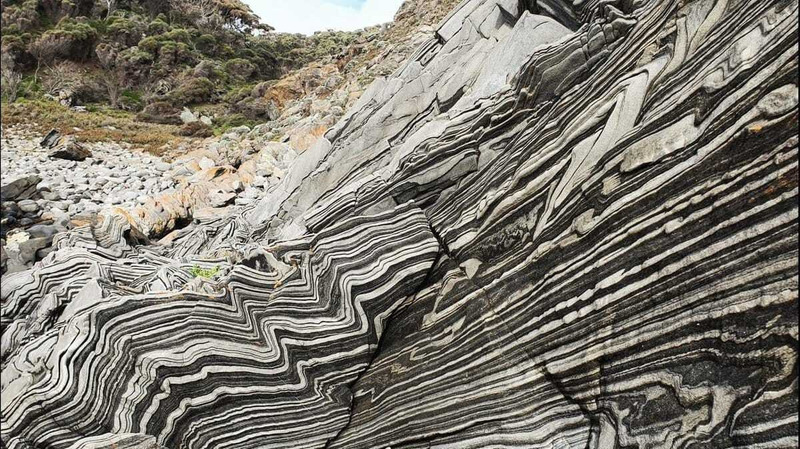
Low-resolution image : 4.0 x 2.24 @ 300dpi ~ 180 KB
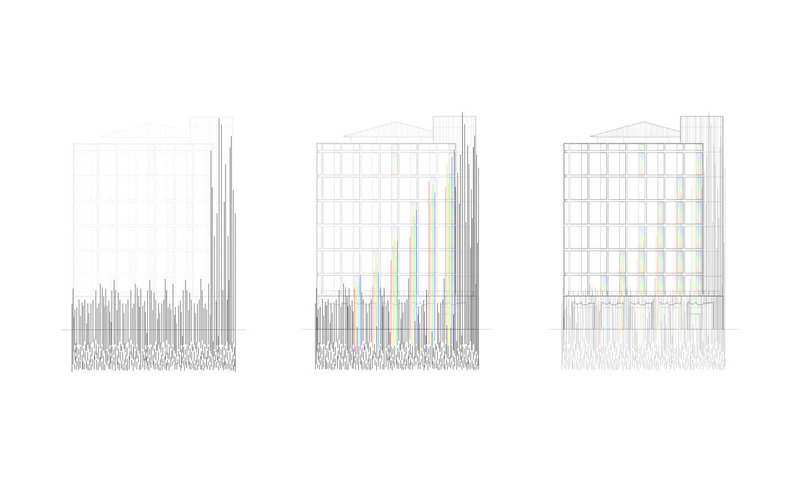
Low-resolution image : 4.8 x 2.91 @ 300dpi ~ 100 KB
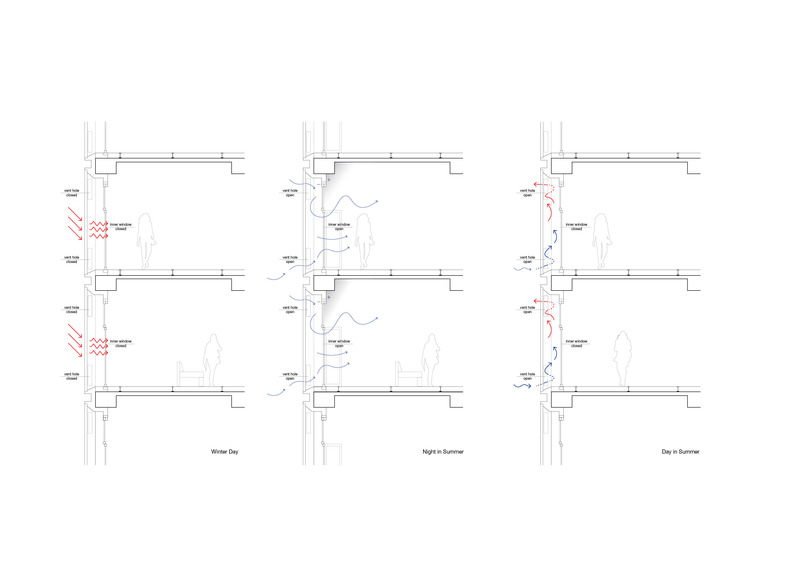
High-resolution image : 11.7 x 8.27 @ 300dpi ~ 500 KB
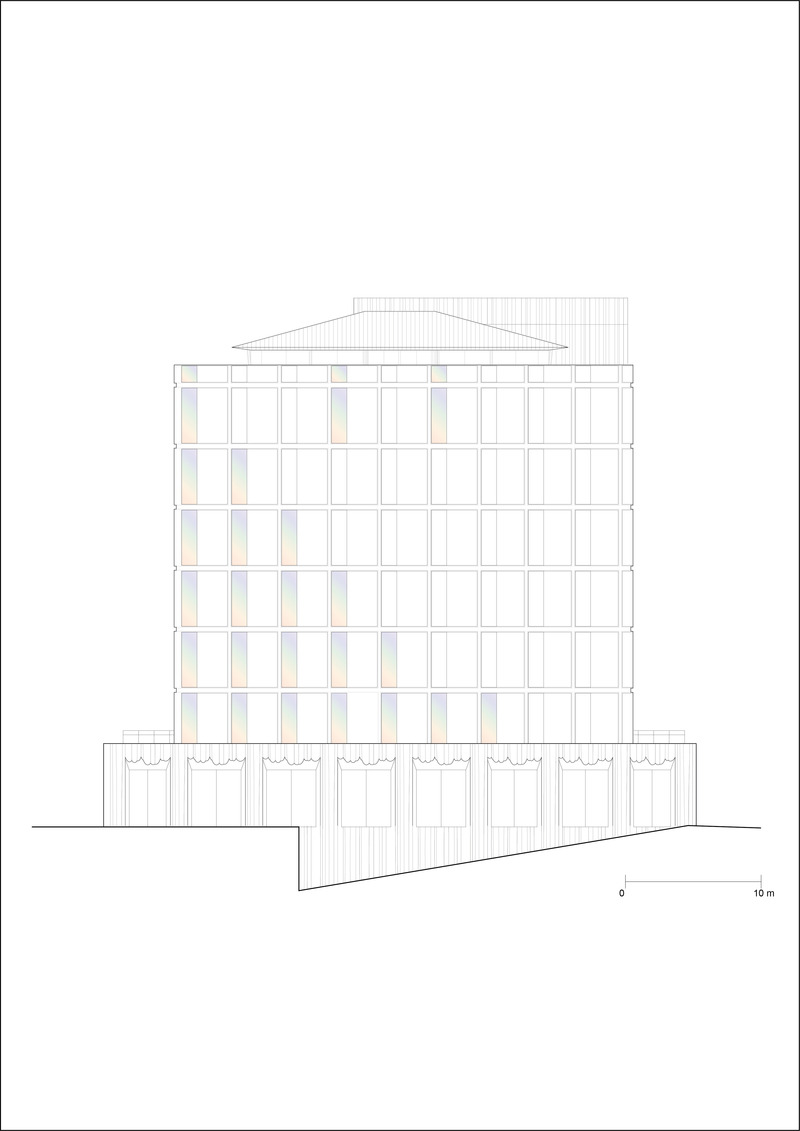
High-resolution image : 11.71 x 16.55 @ 300dpi ~ 760 KB
